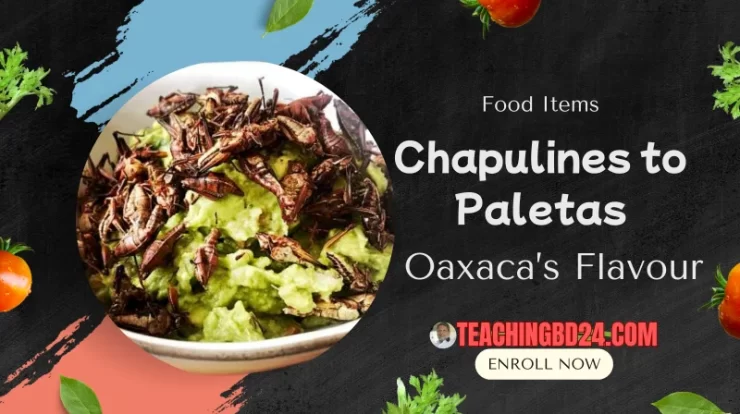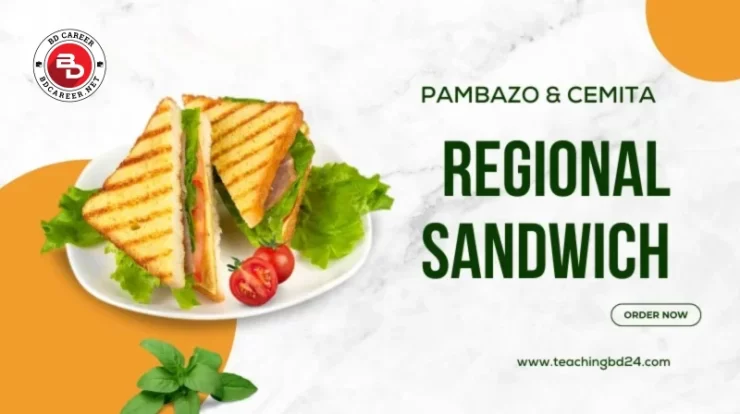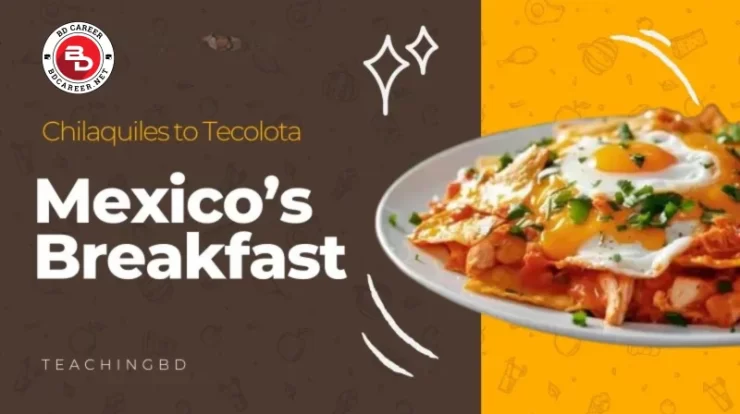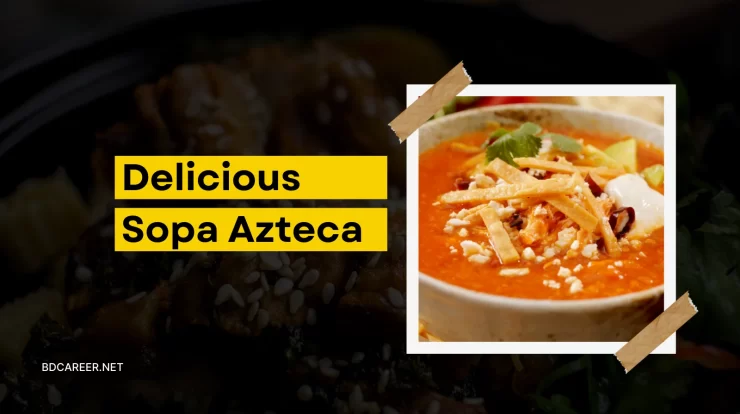
If you’ve ever wandered through a Mexican market in late October, the smell of sugar-dusted bread wafting through the air probably hit you before the sight of marigold petals and skeleton figurines did. That bread, the one sitting like a proud centerpiece among candles and photos on Day of the Dead altars. It is called Pan de Muerto (literally “Bread of the Dead”).
Now, I know what you’re thinking: “Okay, bread with a spooky name, so what?” But trust me, this loaf is not your average sweet bread. It’s soft, fragrant with orange blossom water and anise, sprinkled with sugar, and here’s the kicker. It’s loaded with centuries of history, cultural symbolism, and family traditions.
This isn’t just a snack. It’s a ritual. A story. A hug from the past.
And I’m here to tell you exactly why Pan de Muerto deserves way more than a casual nibble.
Contents
- What Exactly is Pan de Muerto?
- The Origins of Pan de Muerto
- What Does Pan de Muerto Taste Like?
- Pan de Muerto vs. Pan Dulce: What’s the Difference?
- Symbolism Baked into Every Loaf
- Bread of the Dead on Ofrendas
- Regional Variations Across Mexico
- More Than Food – A Cultural Experience
- Modern Takes and Global Popularity
- Conclusion
What Exactly is Pan de Muerto?
At its simplest, Pan de Muerto is a round, slightly sweet yeast bread flavored with orange blossom and anise, often topped with sugar or an orange glaze. On top, bakers sculpt little “bones” out of dough, arranged in a cross with a round ball in the center — that’s supposed to symbolize a skull. It looks festive, but it’s not just decoration.
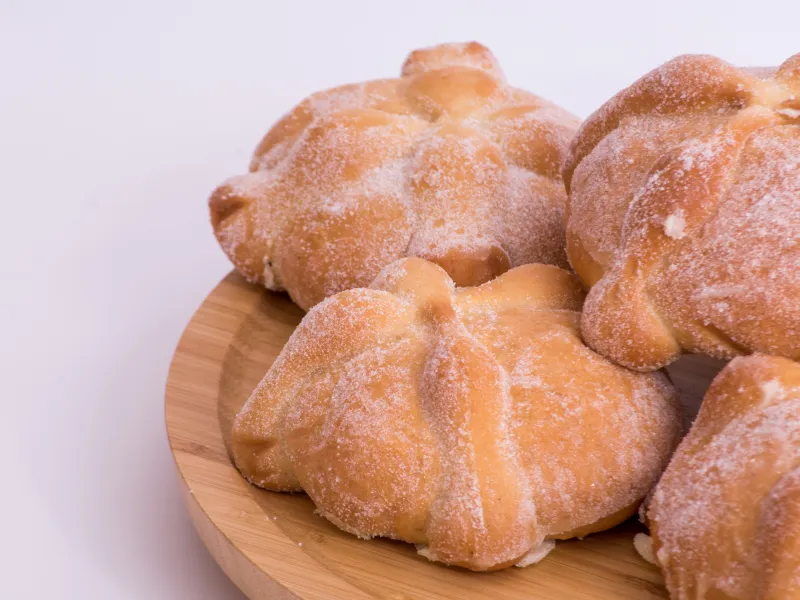
This bread appears only once a year, around Día de los Muertos (Day of the Dead), celebrated on November 1st and 2nd. Families place it on ofrendas (altars) to honor their loved ones, alongside candles, flowers, favorite foods, and sometimes even a shot of tequila (for the ancestors, of course).
The Origins of Pan de Muerto
Here’s where it gets fascinating (and a little weird).
Before the Spanish arrived, Indigenous peoples in Mexico already had food rituals for honoring the dead. These often-included offerings of amaranth, corn, or even — wait for it — symbolic human sacrifice breads made with blood. Yeah, you read that right.
When the Spanish brought wheat, sugar, and Catholic traditions to the mix, the gory stuff faded (thankfully), and a new hybrid bread was born. Pan de Muerto became the “civilized” version of those pre-Hispanic rituals — a food offering that symbolized life, death, and rebirth without… you know, the actual blood part.
That’s Mexican cuisine in a nutshell: a collision of Indigenous and European traditions, creating something uniquely beautiful.
What Does Pan de Muerto Taste Like?
Imagine biting into a pillow. A sweet, fluffy, orange-scented pillow that whispers, “remember your grandma.” That’s Pan de Muerto.
The dough is buttery and soft, like a brioche. The flavor profile? Think of subtle citrus from the orange blossom water, a faint licorice kick from anise seeds, and sugar that crackles between your teeth. It’s sweet but not cloying.
To give you an idea, here’s a quick flavor comparison:
| Bread Type | Flavor Notes | Texture | Sweetness |
| Pan de Muerto | Orange, anise, buttery, sugar | Soft, fluffy | Medium |
| Pan Dulce (concha) | Vanilla, cinnamon, chocolate | Slightly denser | High |
| Brioche (French) | Buttery, milky | Soft, rich | Medium |
| Panettone (Italian) | Citrus, raisins, vanilla | Airy, chewy | High |
See? It lives in the same family as fancy sweet breads around the world. But this one carries cultural weight those other loaves can’t touch.
Pan de Muerto vs. Pan Dulce: What’s the Difference?
Okay, here’s where people get tripped up. Pan de Muerto and Pan Dulce both fall under the category of Mexican sweet breads. But they’re not interchangeable.
Here’s the breakdown:
| Feature | Pan de Muerto | Pan Dulce |
| Occasion | Only for Day of the Dead (Nov 1–2) | Year-round everyday breakfast/snack |
| Symbolism | Represents life, death, and ancestors | Just delicious comfort food |
| Design | Round with bone-shaped dough decorations | Wide variety: conchas, bolillos, etc |
| Flavor | Orange blossom, anise, sugar glaze | Chocolate, vanilla, cinnamon, fruit |
Think of Pan de Muerto as your once-a-year ceremonial tuxedo bread. Pan Dulce is the comfy jeans you wear every day. Both are necessary. Both loved. But one’s sacred.
Symbolism Baked into Every Loaf
Pan de Muerto isn’t shaped like that just to look pretty. Every part of its design carries meaning:
- Round shape → Circle of life and death.
- Bone-shaped dough strips → Represent the bones of the deceased.
- Sugar coating → The sweetness of life, even in death.
- Central “skull” ball → The cycle of rebirth.
It’s like eating a philosophy lecture, but tastier.
Bread of the Dead on Ofrendas
If you’ve ever built or seen a Day of the Dead altar, you know Pan de Muerto is non-negotiable. It usually sits in the middle, surrounded by candles, flowers, incense, and photos of the departed.
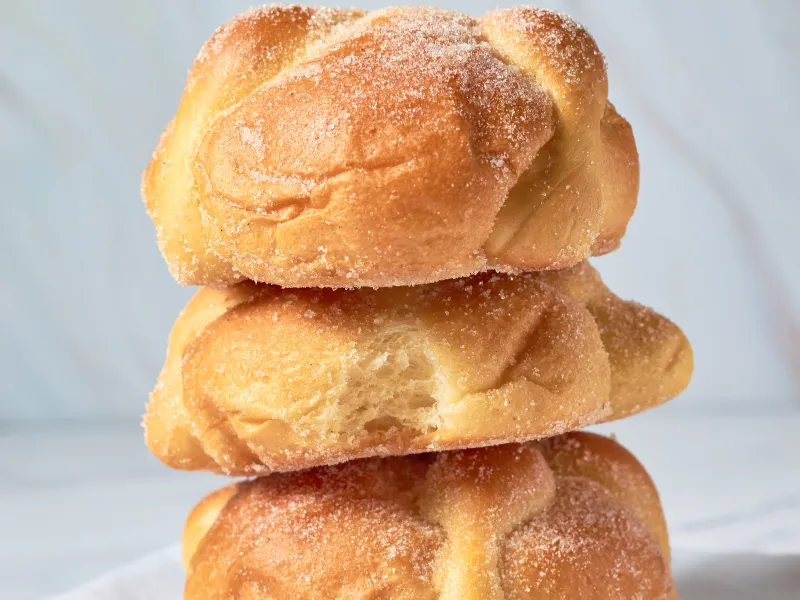
Why bread, though? Because bread is life. It nourishes. It’s universal. And on Day of the Dead, it’s a way of feeding the spirits. It is a symbolic meal for the souls that come back to visit.
A typical altar might look like this:
| Ofrenda Item | Symbolism |
| Pan de Muerto | Life, death, spiritual nourishment |
| Marigolds (cempasúchil) | Guide spirits with bright petals |
| Candles | Light to help souls find their way |
| Sugar skulls | Celebration of death, not fear |
| Favorite foods/drinks | Personal connection to loved ones |
Regional Variations Across Mexico
In Mexico, you can find bread with a sugar design available. Pan de Muerto is a bread made with a mix of sugar, egg, milk, and butter. Its flavor is slightly sweet. There are various religions in Mexico. All the people like this bread. This baked bread is a taste that brings people of different faiths to live together. Not all Pan de Muerto is created equal. Different states add their own twist:
- Oaxaca: Sometimes shaped like little people instead of round loaves.
- Michoacán (Pan de Ánimas): Glazed with pink sugar.
- Mexico City: Classic round loaf dusted with white sugar.
- Puebla: Topped with sesame seeds.
If you’re a bread nerd (like me), traveling through Mexico in late October feels like Pokémon hunting. Gotta try all.
More Than Food – A Cultural Experience
Eating Pan de Muerto isn’t just about the taste. It’s about rituals. Families gather, markets bustle, bakeries smell like heaven. Kids sneak sugar dust off loaves. Grandparents tell stories of relatives long gone.
People like Mexican food for its taste and availability. The spicy dishes, such as Carnitas, Ceviche, Chapulín Craze, Tlayudas pizza, and Baja Med, are some of the delicious foods in Mexico. When you take a bite, you’re not just chewing bread. You’re participating in centuries of tradition. And that, honestly, is the secret ingredient.
Modern Takes and Global Popularity
Pan de Muerto is a favorite for all classes of people. You can find it as a street food. This food originated in ancient Mexico. It is their symbol of tradition and culture. After eating this, you can feel the mixed flavor of nuts, sweet, and milk. Of course, modern bakers couldn’t leave Pan de Muerto alone. Today, you’ll find:
- Chocolate Pan de Muerto
- Matcha-infused versions
- Vegan-friendly recipes
- Mini cupcake-sized loaves
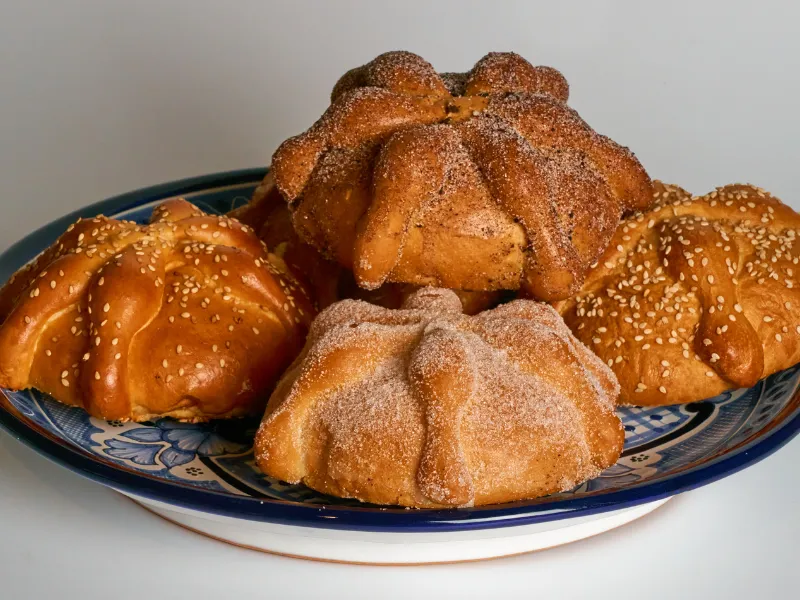
And thanks to the Mexican diaspora, this bread is popping up everywhere from Los Angeles bakeries to Paris cafés. Social media has given it a second life too. Search Instagram in late October, and you’ll see Pan de Muerto styled like it’s auditioning for Vogue.
Conclusion
Pan de Muerto is a traditional bread of Mexico, where love, satisfaction, and memory intertwine with this bread. The sweet, soft, creamy part of the bread is in flavor. This “bread of the dead” keeps the memory and history of culture.
